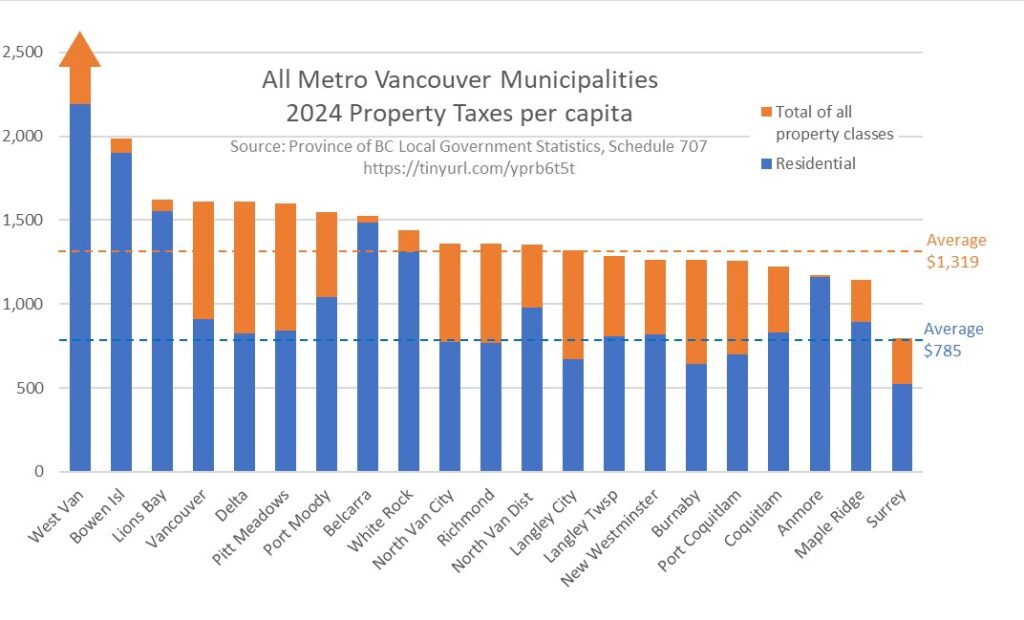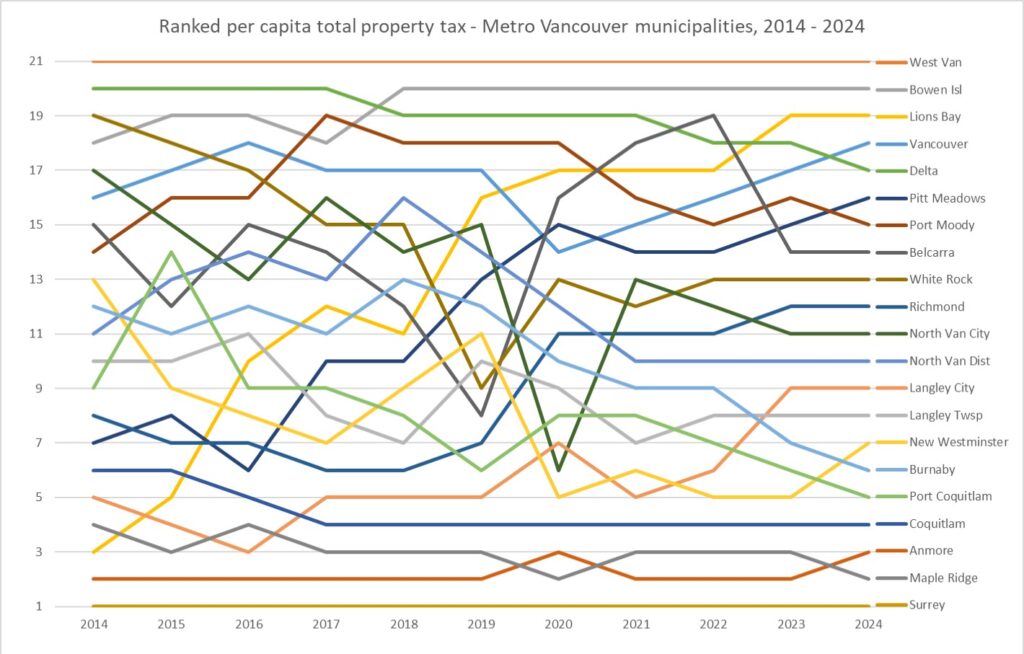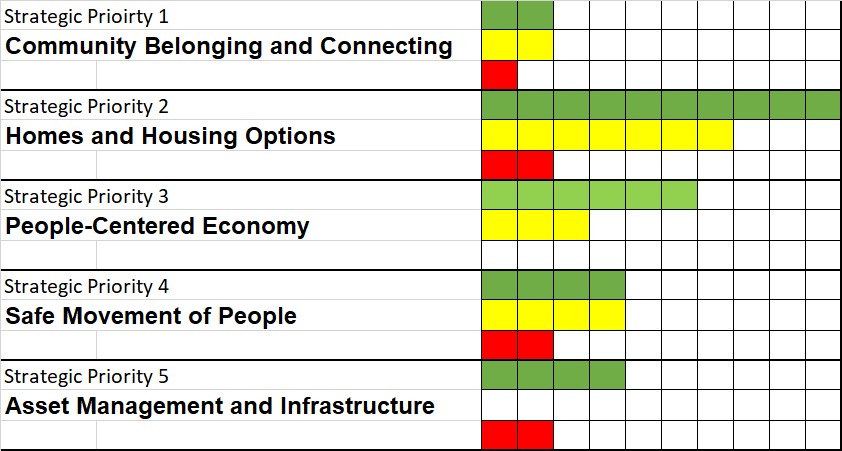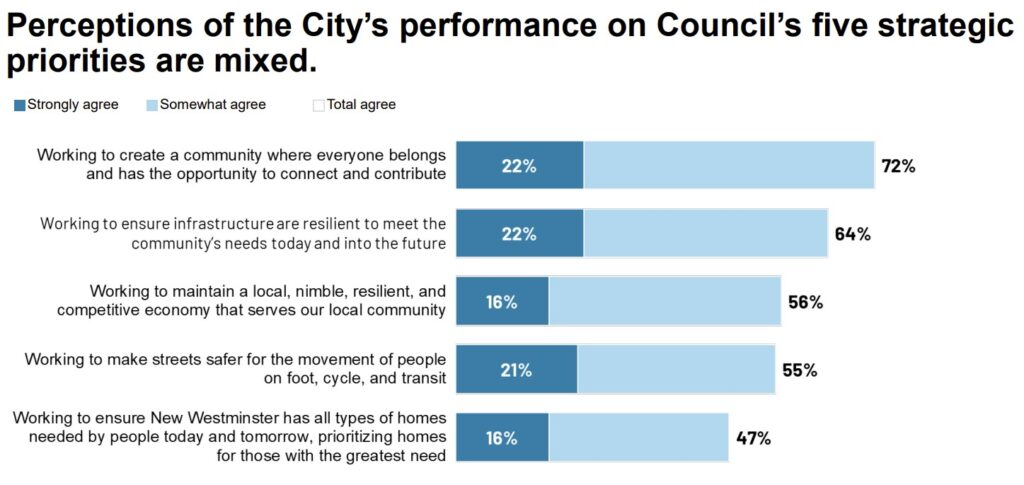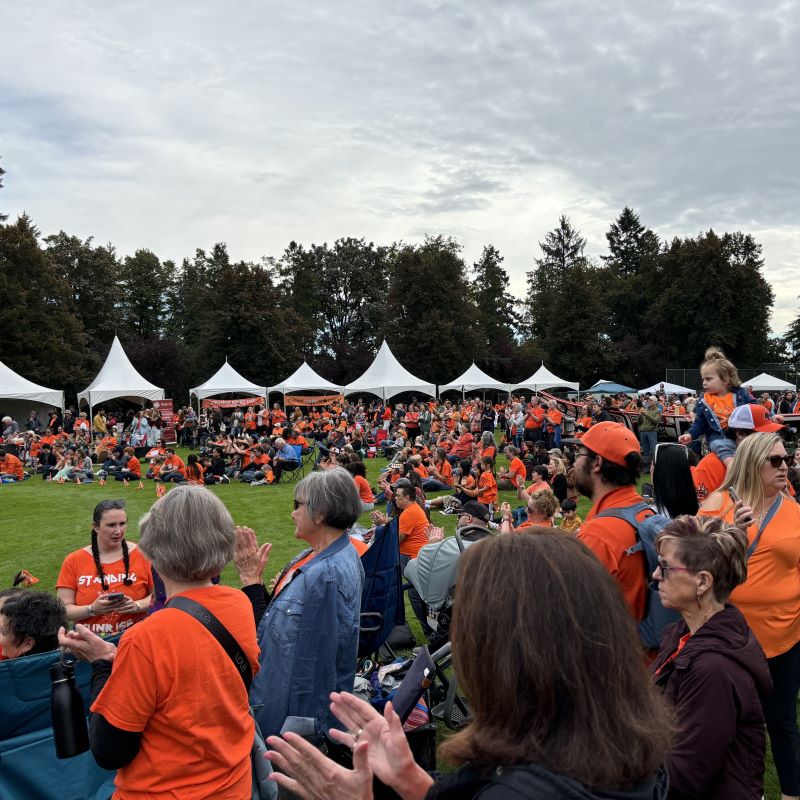It’s Christmas time, but we had one more Council Meeting to get done before we take the year end break. Pa-rum pa pum pum. You can, as always, read the agenda or watch the video by selecting the date here. We started this meeting with a special presentation.
Recommendations on Cultural Observances from the Community Advisory Assembly
This was a recommendation to Council from the Community Advisory Assembly, a large group of regular folks from the community who the City has asked to come together once a month and make recommendations to Council. The model is innovative, and you can read about it here, but this report is about their suggestions on how we should address “Cultural Observances” in our remarkably diverse and growing city.
The way the City approaches Cultural Observances is some combination of “what we have always done” with occasional additions to reflect some identified cultural group in the community. We decorate City Hall with lights and poinsettias at Christmas because we always have, we light up City Hall at Diwali because we identified (relatively recently) that it was meaningful to the Sikh and Hindu members of our community. But we don’t really have a clear policy or practice around how we make these decisions, and we can’t mark every conceivable occasion or we would be doing nothing but that. So it is a good question to ask the community – how should we do this?
There are some great recommendations here, based on a better understanding the three types of events the City marks (Collective identity / Community led / Awareness-raising), and the different roles the city plays in each. Some of the changes suggested will require resources to action, and may lead to bigger discussions about how we allocate funding and support for events in the City, so we are referring back to staff to figure out how to function.
We then moved the following items On Consent:
2024 Capital and Operating Quarterly Performance Report
We get quarterly financial reports, so this is how we are doing today not directly related to the budget work we are doing for next year, but obviously informing of it.
As of the end of Q3, we have spent or committed $68.3M of our $199.8M Capital budget. Inflation and other pressures have increased capital costs by $5.1M (about 2.6%) but staff found internal savings and scope changes to reduce this impact to $500K.
On the Operating side, we are trending positively in both revenues (0.4% in surplus) and expenses (0.3% below budget), so overall very close to budget.
If you are a budget geek, there are about 50 pages of spreadsheets and departmental memos attached to this report about where we have spent money, where we are over an under budget. Fun part of about City budgeting is that we are about as open a book as possible, from who we paid $$3,645,435 to for paving services to the cost of the Crises Response Pilot Project or the cost for people to run recreation programs at təməsew̓txʷ. It’s all in there.
Bylaw Notice Enforcement Bylaw and Municipal Ticket Information Bylaw Amendments (Business Licence) for First, Second and Third Readings
We updated our Business License Bylaw, and need to update our Bylaw Enforcement and Ticketing bylaws so we can enforce it.
Official Community Plan Amendment and Rezoning: 1084 Tanaka Court – Bylaws for First and Second Readings
The owners of this vacant property in Queensborough changed it from Heavy industrial to a Comprehensive Development to support public assembly and retail use back in 2018. With market conditions changing, they want to now rezone it to Light Industrial to match the adjacent properties. This requires an OCP amendment, and these are those Bylaws.
The application is aligned with City policy and adjacent land uses. The proponent completed their required community and regional consultation and no red flags were raised. As it’s an OCP amendment, it will require a Public Hearing, which will happen early in the new year. Send us a note and let us know what you think.
Temporary Amendment to the Vehicle Procurement Process
We had a report last year on some challenges our purchasing department had in acquiring new vehicles in a difficult time for the supply chain of some specialty vehicles, especially newer lower-carbon options. We approved a temporary measure to accelerate the purchasing process, and staff are asking us to extend this change until the end of 2026 to support our current Capital Plan.
Our purchase process is still transparent and accountable to the public – nothing is purchased until approved by Council in a capital budget, and the price paid and seller is reported in our quarterly financial reports (see above!) under Major Purchasing Report.
We then had these items Removed from Consent for discussion:
Cannabis Store Relocation Requests: North Root Cannabis Ltd. and the Queensborough Cannabis Company
When we introduced our first policies around the regulation of cannabis sales in New West, we are entering unknown territory, and were looking at a significant “gold rush” mentality where a lot of people were hoping to be the first in the door or a potentially lucrative but likely risky business area. Our response as a City was to limit the number of applications we would consider, and use a screening mechanism to determine which applications would be considered on the first tranche. Then 2020 came and priorities changed, and we have not had a second or subsequent tranche of applications.
Lots has changed in the cannabis business (the gold rush is clearly over) and in the City since 2018. We have had two of the originally-approved applicants ask us to revise their permits, for different reasons. Staff are recommending we wait until we have an opportunity to revise our approval program in 2025.
As neither of these operators are of any concern to the City, they both passed initial screening and have viable business plans, and we are not dealing with the same pressures as in 2018, I felt it was unfair to make them wait until we get a revision of the policy done. So we are asking that their applications be advanced ASAP, as they have both been waiting quite a while to get to this point.
The second question is whether we want to remove the cannabis retail use from the existing properties. If we don’t then there may be two cannabis retailers in Queensborough (the same as there is now) and Sapperton (where there currently aren’t any). If we do, there will still be only one cannabis retailer in Sapperton instead of two. Council made a decision (I was a dissenting vote) to remove the permitted use from the existing sites.
Graphic Image Delivery Bylaw No. 8488, 2024 for First, Second and Third Reading
The community called on us to do something about the deplorable practice of Anti-Women’s Healthcare Activists of dropping graphic abortion-related flyers in mailslots and mailboxes. After councillors Campbell and Henderson brought forward a motion on this, staff have drafted a bylaw that does not infringe on activist’s right to political speech, but requires that graphic images be inside an opaque envelope that clearly indicates what the contents are.
We are the first municipality in British Columbia (but not the first in Canada) to take this step, and I’m proud of the community for pushing this, and our staff for finding a clear legal process.
Response to Council motion re: Selecting an inclusive and accessible site for the 2025 Canada Day celebration and festivities.
Council moved a recommendation to review our annual Canada Day event back in September, or more to ask what resources would look like to review this. A proper engagement with the community will cost money, and will take several months. As Canada Day events themselves take several months to organize (is actually starting right now), we are not likely to have a fulsome consultation prior to July 1, 2025. So staff recommendation is to roll this work into the work coming out of the Community Advisory assembly discussion (above), recognizing this will not occur before the 2025 events.
Another advantage of this is that part of this engagement can happen at and around the 2025 Canada Day events.Of note, the event at Pier Park had some logistical challenges related to the construction at Pier West, but still had more than 6,000 people come and attend (compared to ~400 estimated at the last Queens Park Canada Day event), and this was a real boost for the Downtown businesses appreciated by the BIA, so it is important that we engage with them and not use anecdotal info to inform how we organize these events.
We then had the following Bylaws for Adoption:
Electrical Utility Bylaw No. 6502, 1998, Amendment Bylaw No. 8497, 2024
This Bylaw that sets the City’s electrical rates for 2025 was adopted by Council.
Engineering User Fees and Rates Bylaw No. 7553, 2013, Amendment Bylaw No. 8496, 2024
This Bylaw that sets the City’s water, sewer, and solid waste rates for 2025 was adopted by Council.
Revenue Anticipation Borrowing Amendment Bylaw No. 8489, 2024
This Bylaw that permits the city to use a line of credit to cover short-term cash shortages prior to taxes being received was adopted by Council.
We then had two Motions from Council:
Tin Soldier Time Capsule Opening
Submitted by Councillor Campbell
THEREFORE BE IT RESOLVED That Staff report back with a plan and budget to host a Tin Soldier Time Capsule Opening on Friday, February 14th(Valentine’s Day) that it is open to the public, invites individuals and associations who helped design and construct the Tin Soldier, and works with community partners, including Tourism New Westminster, River Market and the Downtown Business Improvement Association in order to promote the Time Capsule Opening and includes opportunities for local restaurants and services to attract event attendees to their establishments before or after the Time Capsule Opening.
This motion doesn’t need much explanation more than what is above, but if anyone has a cd-rom drive we can borrow to read what is likely inside a time capsule sealed in 2000, let us know!
School Streets Pilot Program
Submitted by Councillor Henderson
WHEREAS one of Council’s Strategic Priorities is the Safe Movement of People, outlining a commitment to prioritize the movement of people on foot, cycle, and transit on streets that are safer for all; and
WHEREAS Bold Step #2: Car Light Community in the City’s 7 Bold Steps for Climate Action plan references school area improvements that support walking, transit, and cycling to school as potential capital projects; and
WHEREAS Bold Step #7: Quality People-Centred Public Realm states that a minimum of 10% of today’s street space that currently only serve motor vehicles, excluding transit, will be reallocated for sustainable transportation or public gathering by 2030; and
WHEREAS the streets around local schools experience marked increases in motor vehicle traffic at drop-off and pick-up times when there is a high concentration of children on and near roadways; and
WHEREAS there are both provincial and national initiatives that fund the creation of car-free spaces on streets in front of schools at the start and/or end of the school day;
BE IT RESOLVED that staff report back to Council on the opportunity for the City of New Westminster to partner with the Society of Children and Youth BC to explore safe streets initiatives around selected schools; and
BE IT FURTHER RESOLVED that staff work with School District 40 to identify which schools would be appropriate to launch a School Streets Pilot Program that would reflect the principles of the National and/or BC Active School Streets Initiative; and
BE IT FURTHER RESOLVED that staff report back on the capital and operating costs associated with the implementation of a School Streets Pilot program; and
BE IT FURTHER RESOLVED that staff be directed to work with SD40 and other partners to update our Safe Routes to Schools maps.
Councillor Henderson has been working with the local schools community around various aspects of road safety. This is one of the results of that collaboration.
School Streets programs are popular in other jurisdictions, where road around schools are shut down for car traffic for fixed times around school hours, creating safer walking and cycling spaces for students and parents alike. There is a provincially-supported pilot program, but we missed the deadline for application this year, which doesn’t mean we can’t explore doing the program anyway if the School District is onboard.
As an edition to this, it was recognized that the City’s Safer Routes to Schools maps, which were developed in the early 2000s, might need updating as school catchments have changed, as has some of the transportation network. So Councillors is asking staff to work with the School District to see what updates might be needed here.
And that was it for the last Council meeting of 2025. We’ve beed seeing Santa around a lot lately, so we have been reducing our shouting, crying, and pouting, as instructed by song. I hope you l have a great holidays, and that 2025 is good to you and your family.
